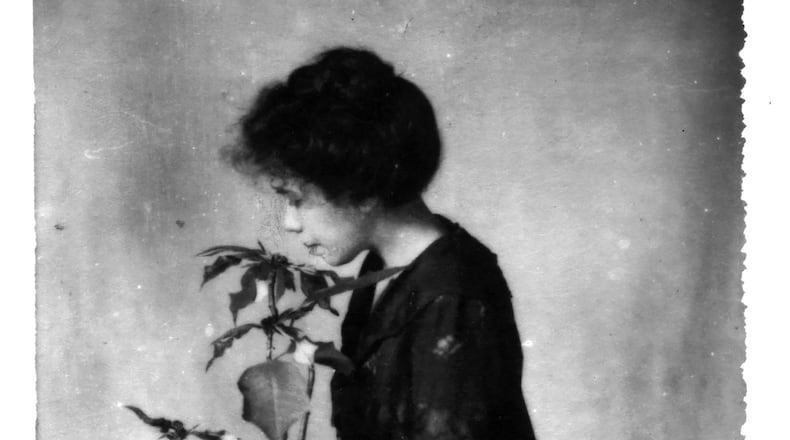>> WATCH a slideshow of Reece's work
Here are some interesting tidbits about her life and work.
1.) She had an interesting start to her career: it wasn't until she was seriously ill and sent to recuperate in Southern Pines, N.C. that she first got her hands on a camera. Months later, the self-taught photographer moved to Dayton and opened a studio in a downtown house, naming it "The Rembrandt."
2.) Reece worked in a style called Pictorialism, which was popular toward the end of the 19th century and in the early 20th century. The photographic style depicts people and scenes in dreamy lighting and soft focus, and it was part of a larger movement known as Photo-Secession, which sought to promote photography as a fine art.
“I don’t photograph – I use my camera as an artist uses his brush – to make the picture I already see in my mind,” she told the Monterrey Peninsula Herald in 1945.
3.) Her reputation helped pave the way to photographing the influential. Photographs of Margaret Woodrow Wilson, the daughter of the former president, the sculptor Lorado Taft, Helen Keller and the poet Robert Frost are among the portraits that filled her portfolio.
You can read the fascinating full profile of Reece and see a full gallery of her work at MyDaytonDailyNews.com.
About the Author
